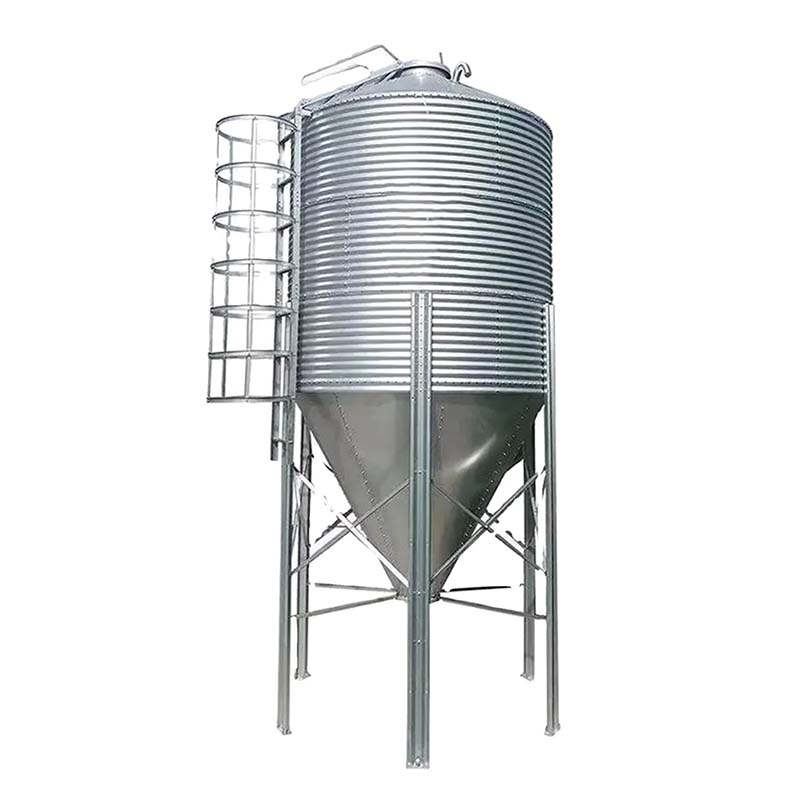Designing Effective Spaces for Commercial Poultry Production and Management Solutions
Oct . 22, 2024 05:10 Back to list
Designing Effective Spaces for Commercial Poultry Production and Management Solutions
Commercial Poultry Houses A Comprehensive Overview
The poultry industry plays a pivotal role in global food production, providing a significant source of protein through chicken, turkey, and duck meat, as well as eggs. The housing conditions for these birds are crucial in ensuring their health, productivity, and overall welfare. Commercial poultry houses are specialized structures designed to meet the specific needs of poultry while optimizing production efficiency. This article will explore the key aspects of commercial poultry houses, their design, management, and the impact on poultry farming.
Design of Commercial Poultry Houses
Commercial poultry houses come in various designs, tailored to the specific type of poultry being raised. The most common types include broiler houses, layer houses, and breeder houses. Broiler houses are constructed to accommodate fast-growing meat chickens, while layer houses are designed for hens that produce eggs. Breeder houses serve both purposes, housing the parent stock that will produce either meat or egg-laying birds.
The design elements of these houses are critical for maintaining optimal environmental conditions such as temperature, humidity, and ventilation. A well-designed poultry house typically incorporates features such as automated feeding and watering systems, climate control units, and proper insulation. These elements work together to create an environment that minimizes stress on the birds, facilitates growth, and maximizes productivity.
Environmental Control Systems
Effective environmental control systems are essential for commercial poultry houses, as temperature and ventilation can significantly affect the health and growth rate of poultry. In cold climates, heating systems that distribute warm air uniformly throughout the house are vital. Conversely, in warmer climates, cooling systems, such as evaporative cooling pads and fans, help maintain optimal temperatures.
Ventilation plays a crucial role in removing excess heat, humidity, and ammonia from the air. Proper airflow is necessary to ensure that the birds have access to fresh air while reducing the risk of respiratory diseases. Many modern poultry houses employ computer-controlled ventilation systems that adjust automatically based on the external weather conditions and the internal environment.
Biosecurity Measures
Biosecurity is another critical aspect of managing commercial poultry houses. The concentration of birds in these facilities can make them susceptible to disease outbreaks, which can have devastating effects on production and profitability. Implementing strict biosecurity protocols is essential to prevent the introduction and spread of pathogens.
commercial poultry houses

Key biosecurity measures include controlled access to poultry houses, disinfection procedures for equipment and personnel, and regular monitoring of the flock’s health. Additionally, vaccination programs play a vital role in protecting birds from common diseases. By prioritizing biosecurity, poultry producers can ensure the health and welfare of their flocks, ultimately leading to higher productivity and profitability.
Feeding and Nutritional Management
Efficient feeding and nutritional management are essential components of successful poultry production. In commercial settings, nutrition is carefully formulated to meet the specific needs of each type of poultry. The feed must provide adequate energy, protein, vitamins, and minerals to support growth, reproduction, and egg production.
Automated feeding systems are commonly used in commercial poultry houses to ensure birds receive a consistent supply of feed. These systems can help reduce waste and optimize feed conversion ratios, resulting in more efficient production. Additionally, monitoring the nutritional intake of the flock allows farmers to make necessary adjustments to improve health and productivity.
Welfare Considerations
Animal welfare has become increasingly important in the poultry industry, with consumers showing a preference for ethically produced products. Commercial poultry houses now often incorporate design features that enhance the welfare of the birds. This includes providing adequate space, enrichment opportunities, and access to natural light.
Regulations surrounding poultry welfare continue to evolve, pushing producers to adopt better practices and improve housing conditions. Ensuring high welfare standards not only benefits the birds but also helps producers maintain consumer confidence and market access.
Conclusion
Commercial poultry houses are vital for the efficient and humane production of poultry products. Through thoughtful design, effective environmental controls, stringent biosecurity measures, and a commitment to animal welfare, these facilities contribute significantly to meeting the global demand for poultry. As the industry continues to evolve, the integration of technology and sustainability practices will play a crucial role in shaping the future of commercial poultry farming, ensuring a reliable and responsible source of food for populations worldwide.
-
Automatic Feeding Line System-Pan Feeder Nipple Drinker|Anping County Yize Metal Products Co., Ltd.
NewsJul.29,2025
-
Hot Sale 24 & 18 Door Rabbit Cages - Premium Breeding Solutions
NewsJul.25,2025
-
Automatic Feeding Line System Pan Feeder Nipple Drinker - Anping County Yize Metal Products Co., Ltd.
NewsJul.21,2025
-
Automatic Feeding Line System Pan Feeder Nipple Drinker - Anping County Yize Metal Products Co., Ltd.
NewsJul.21,2025
-
Automatic Feeding Line System - Anping Yize | Precision & Nipple
NewsJul.21,2025
-
Automatic Feeding Line System - Anping Yize | Precision & Nipple
NewsJul.21,2025






